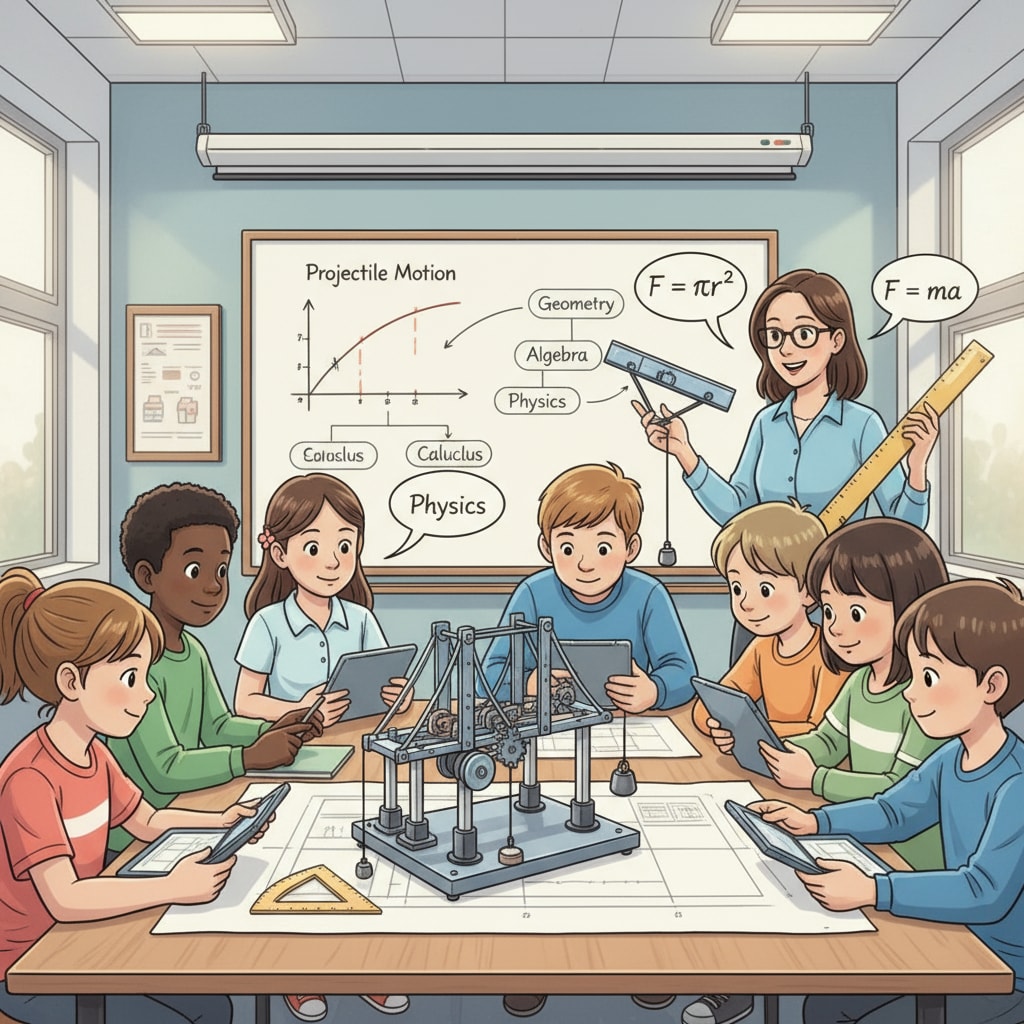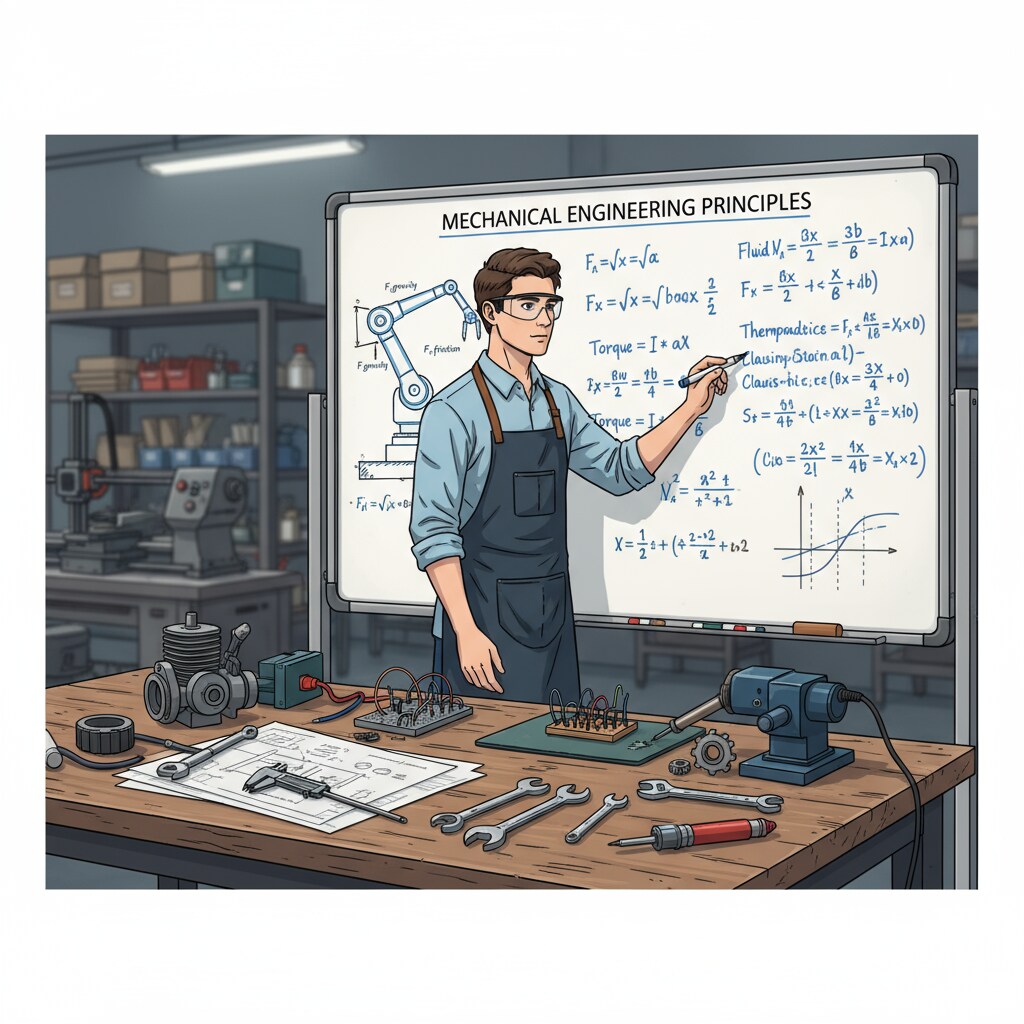The transition from mechanical engineering to mathematics education in the K12 sector is a fascinating journey that holds great potential. It combines the technical prowess of engineering with the rewarding field of teaching. In this article, we will explore the feasibility and the step-by-step path for such a career shift.

The Feasibility of the Shift
Mechanical engineers possess a strong foundation in mathematics. Their studies involve complex mathematical concepts such as calculus, differential equations, and linear algebra. This deep understanding of math is a significant advantage when moving into mathematics education. For example, when teaching algebra in a K12 setting, they can draw on real-world mechanical engineering examples to make the concepts more tangible for students. According to Wikipedia’s entry on Mechanical Engineering, mechanical engineers are trained to analyze and solve problems using mathematical models, skills that are highly transferable to teaching math.

The Value of Engineering思维 in Math Teaching
Engineering thinking brings a unique perspective to mathematics education. It emphasizes problem-solving, creativity, and practical application. In a math class, an engineer-turned-teacher can introduce projects that require students to use math to solve real-world problems, similar to engineering design challenges. This not only makes math more interesting but also helps students see the practical relevance of what they are learning. As stated in Britannica’s article on Mechanical Engineering, the design process in mechanical engineering involves multiple steps of analysis and synthesis, which can be translated into teaching methods for math problem-solving.
Another aspect is the ability to break down complex problems into smaller, more manageable parts. Engineers are masters at this, and they can teach students the same approach in math. By doing so, students can build confidence in tackling difficult math problems.
Readability guidance: We’ve used short paragraphs to make the content easy to digest. Each section focuses on key aspects of the career transition. Transition words like “for example” and “another aspect” help guide the reader through the different points.


